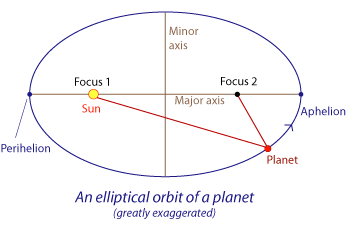
1. The 30* right triangle is one of the special types of right triangles. This triangle has a special way to find the lengths of all three sides. The first thing we need to do it memorize the equations we need to get each side. The formula for the hypotenuse is 2x. The formula for the side where 30* is opening towards is x. The formula for the side where 60* is opening towards is xrad3. For this unit the hypotenuse is r and r is ALWAYS going to be 1. So that is our starting point to find the other two sides. Since 1 is the length of where the 2x formula is we need to find a way to find just x for the other side. We do that by just diving 1 by 2 and that will give us x. For the last side we just plug in x into the xrad3 and it will give us rad3/2. This is the first 30 degree angle in the unit circle.
2. The 45* right triangle is another type of special right triangle. This triangle has a different way of finding the sides of the triangle. The first thing we need to do for this one is memorize different formulas. This one is easier because the two 45* angles sides are both x. The 90* one is xrad2. The hypotenuse is 1 again because of the value of r. So we need to find a way of getting 1 into xrad2. Once you figure out how to get the 1 into xrad2 form you shoukld be able to find x which is rad2/2. This is the first 45* angle in the unit circle.
3. The 60* right triangle is another special right triangle but it is very similar to the 30 degrees triangle. This first thing we need to do is memorize the equations which is 2x for the side where 90* is opening up. The side where 60* is opening up it is xrad3. The side where 30* is opening up is x. Since they gave us 1 for the hypotenuse again we just work our way back wards like we did in the first questions. That will give us 1/2 for x and rad3/2 for xrad3. This is the 60* for the uncle cirlce, which means the second 30*.
4. This activity helped me derive the unit circle in many different ways. After completing this activity I recognized these numbers from somewhere. The place I remember them from are from the unit circle! These four triangles make up the first quadrant of the unit circle. It made me realize where the numbers of the unit circle came from.
5. The quadrant this activity was drawn in was quadrant 1. The values do not change when they go around the unit circle. As seen in the picture above, it is all the same numbers according to the reference angle of 30*, 45*, or 60*. If it is the 30* reference angle it is always going to be (rad3/2, 1/2). If it is 45* it is always going to be (rad2/2, rad2/2). If it is the 60* reference angle it is always going to be (1/2, rad3/2). They just change signs when they move quadrants. In quadrant 1 they are all postive. When they are in quadrant 2 the x value is negative and y value is potive. In the third quadrant the x value is negative and the y value is negative. In the 4th quadrant the x value is postive and the y value is negative. Same numbers just different signs.
Inquiry Activity Reflection
1. The coolest thing I learned in this activity was where all these numbers came from. I thought it was really cool to know how to get them because in my last class we just had to memorize where they went not where they came from.
2. This activity will help me in this unit because it is bascially telling me how to get the first quadrant of the unit circle. This will help because this unit is basically all about the unit circle. If we do not know the unit circle then we will do terrible. The unit circle helps us find everything and makes everything easier to find.
3. Something I never realized before about the special right triangles and the unit circle is that they are both related. If we know the special right triangles we know the unit circle. If we know the unit circle then we know the speical right triangles. I did not know they connected somehow.



